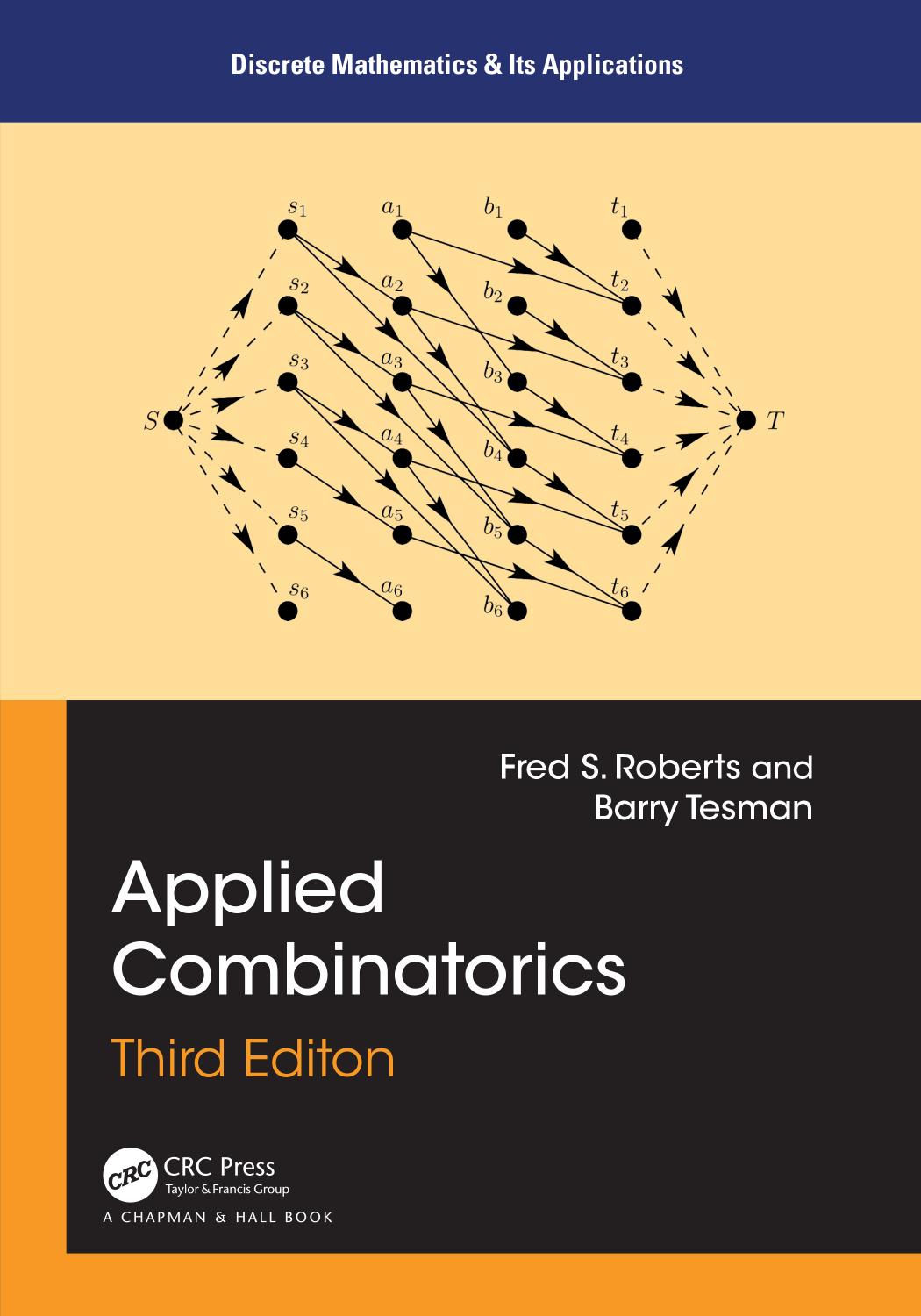

Most ebook files are in PDF format, so you can easily read them using various software such as Foxit Reader or directly on the Google Chrome browser.
Some ebook files are released by publishers in other formats such as .awz, .mobi, .epub, .fb2, etc. You may need to install specific software to read these formats on mobile/PC, such as Calibre.
Please read the tutorial at this link: https://ebookbell.com/faq
We offer FREE conversion to the popular formats you request; however, this may take some time. Therefore, right after payment, please email us, and we will try to provide the service as quickly as possible.
For some exceptional file formats or broken links (if any), please refrain from opening any disputes. Instead, email us first, and we will try to assist within a maximum of 6 hours.
EbookBell Team

0.0
0 reviewsThe emphasis on applications from computer science, genetics, experimental design, chemistry, scheduling, voting, and other topics remains a central feature of the book. Unique to the literature is that entire sections focus on applications such as switching functions, the use of enzymes to uncover unknown RNA chains, searching and sorting problems of information retrieval, construction of error-correcting codes, counting of chemical compounds, calculation of power in voting situations, and uses of Fibonacci numbers. There are entire sections on applications of recurrences involving convolutions, applications of eulerian chains, and applications of generating functions.
The book continues to be based on the authors’ philosophy that the best way to learn mathematics is through problem solving. Combinatorics can be a wonderful mechanism for introducing students to proofs. However, the book is not designed for an introduction to proofs course. The authors treat proofs as rather informal, and many of the harder proofs in the book are optional.
Applied Combinatorics, Third Edition is divided into four parts. The first part introduces the basic tools of combinatorics and their applications. The remaining three parts are organized around the three basic problems of combinatorics: the counting problem, the existence problem, and the optimization problem.
Most of the book is written for a first course on the topic at the undergraduate level. On the other hand, at a fast pace, there is more
…